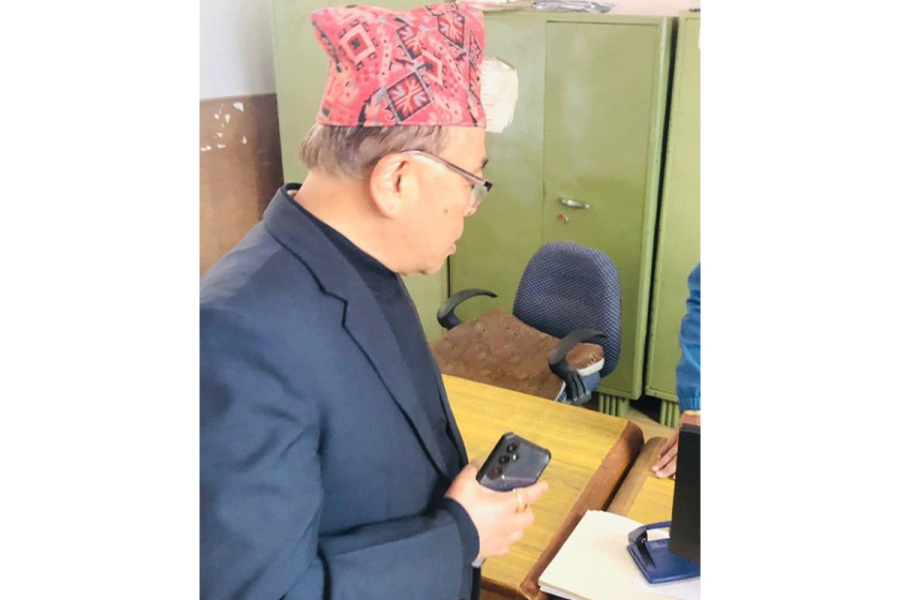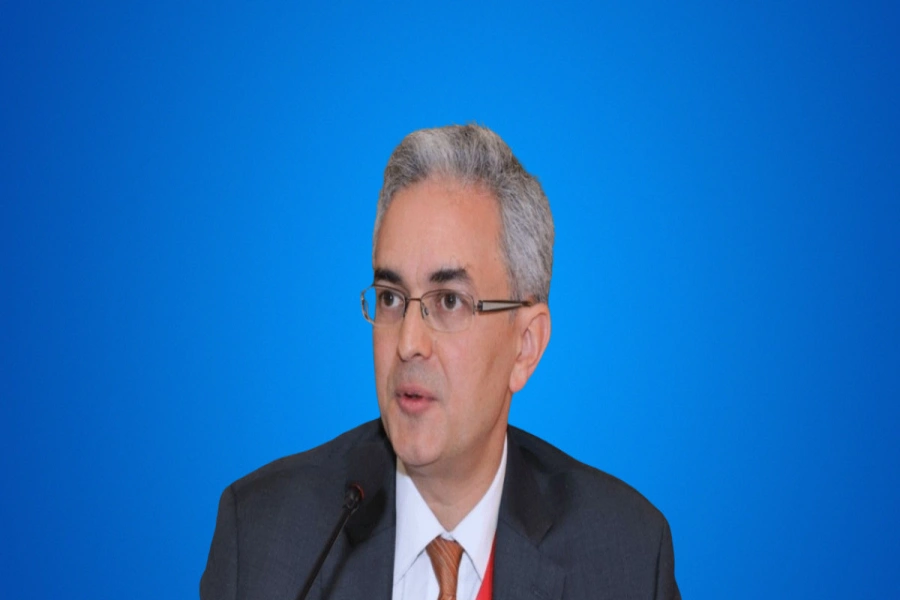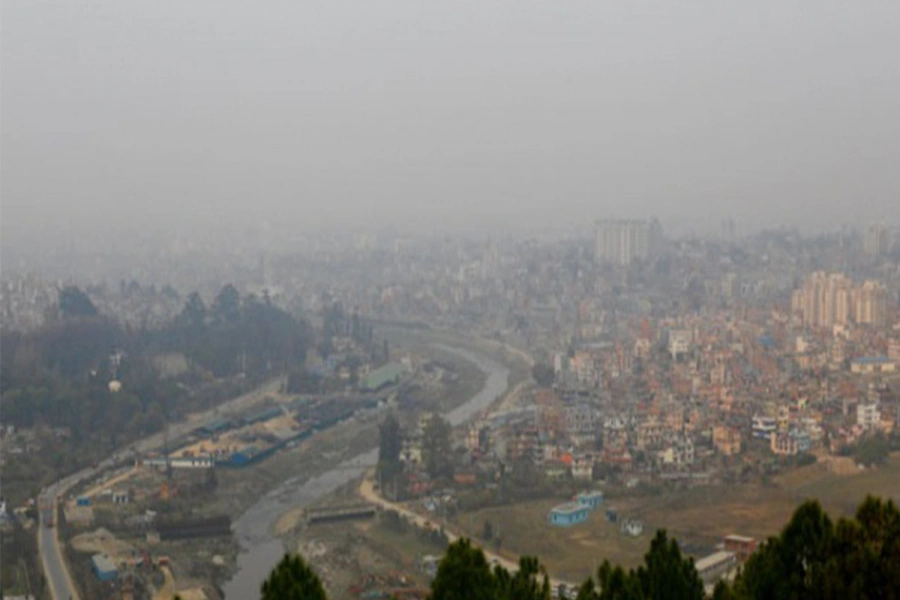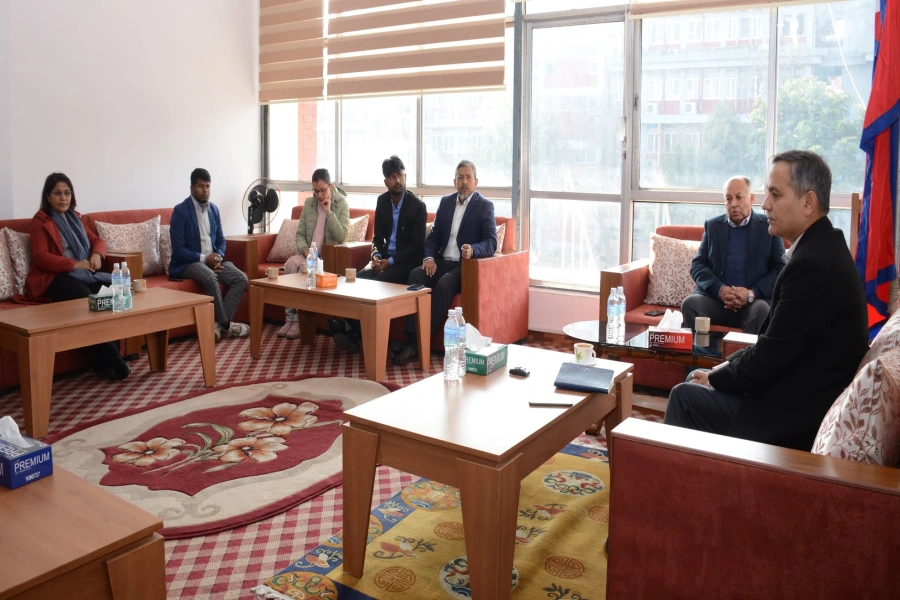Modernization alongside various social and cultural movements have changed people’s perspectives and understanding of the world on a broad scale. Immigration has proven to be an integral component in the evolution of sociocultural and civilizational linkages over the recent centuries. Nowadays, it's critical to provide opportunities, employment opportunities, remittances, and build a soft power hub for their country of origin. Despite the term "diaspora" having no specific definition, "migration" refers to the act of migrating in pursuit of better chances, work, or a better life. In accordance to a June 2020 United Nations estimate, there are already around 200 million worldwide migrants, and within the past 25 years, these numbers have expanded even more. Immigrants are currently prevalent practically everywhere in the entire globe. Although migration has benefited millions of individuals worldwide, it has additionally served to foster disparities, inequalities in standard of living, and social security. As a result of these disparities and inequality, the number of international immigration has significantly increased. Furthermore, international migration has an enormous effect on national, regional, and global economic concerns. In most developing nations, remittances from migrants are a well-established and large source of income, surpassing Official Development Assistance and Foreign Direct Investment. Most countries employ migrants in positions where residents are unlikely to join or participate, as well as in higher-level roles where locals lack the necessary skills. Some countries depend predominantly on migrants in fields that include banking and administration, and they provide opportunities for migrants to settle, eventually becoming a diaspora. Adaptability has become an essential component of everyday life during the relocation process. A bigger number of migrants live in the Gulf countries, particularly in Qatar, Saudi Arabia, Kuwait, and the United Arab Emirates, and these countries' marketplaces depend substantially on the migrant community. According to the United Nations Population Division, Qatar accounts for 78% of the total number of migrants in the Gulf countries. South Asians are a dominant migrant population in the Gulf countries, contributing to approximately 59% of total migration.
Nepal constitutes one of the nations having an enormous migrant population. Nepal is a small country of 30 million people, positioned between two Asian countries, India and China. In terms of geography, Nepal possesses a diversified structure that encompasses the Himalayan, trans-Himalayan, mid-hill, and Terai or plain regions. After centuries of political turmoil and isolation, Nepal's fundamental task is to safeguard its sovereign status and distinct traits from foreign influences. In the last two decades, Nepal's economy has become heavily reliant on remittances, which account for more than 30% of the country’s GDP. After Malaysia, the Gulf countries have the biggest number of Nepalese migrant workers.
Surprisingly, the percentage of Nepalese women has grown in the Gulf nations. Since Nepal's social structure traditionally did not enable women to find employment, going overseas for employment and school was nearly difficult for them. Women migrants from Nepal to the Gulf countries are now mainly engaged in domestic work because the vast majority of them lack educational background and skill training. Precisely, the lack of prior knowledge and education occasionally places people in hazardous positions and fields. They often confront obstacles like sexual assault, violence, and exploitation. Recent ILO surveys present a bleak picture of the challenges experienced by female labor migrants. According to a 2013 UN Women report on Nepal, 29% of Nepalese women in Saudi Arabia were physically abused, while 5% were sexually abused. Thousands of cases go unreported because illegal migrant workers fear that reporting sexual violence may result in their deportation. In 2015, more than a million female migrants were working in the Gulf countries.
Nepal Labour Migration Report 2022 launched

The kafala system is a system of monitoring migrant laborers in the Gulf Cooperation Council member countries and a few neighboring countries, including Bahrain, Kuwait, Qatar, which has the highest number of migrants, Oman, Saudi Arabia, and the UAE. Under this system, all migrant workers must have an in-country sponsor, who is typically their employer and is in charge of their visa and legal status. As soon as the employer hires them, the employer seizes their legal documents, including their passport, for a specified time. Human rights organizations have criticized this practice for allowing the companies to exploit the employees by depriving them of their passports and abusing them with little chance of legal repercussions. Recently, more than a 200-billion-dollar project was planned and thousands of workforces were called from Nepal, India and several other countries within the same Kafala system.
In 2017, the Government of Nepal adopted a policy to protect migrants’ rights seeking employment abroad by ordering a ban on Nepalese women below 30 years in the Gulf countries for domestic help jobs. The ban stopped them from traveling for work. In such conditions, Nepalese citizens used the open border with India to illegally travel to the Gulf countries. As a result, women are being targeted for trafficking and exploitation by the recruiting agencies. More than 28,000 undocumented Nepali migrant women are in Kuwait. Deputy Superintendent of Police Ajnana Shrestha says, “We are dealing with human trafficking cases frequently and increasingly”. According to the Anti-Human Trafficking Bureau, they have rescued more than 300 victims from several countries since 2018. The National Human Rights Commission of Nepal also reported that around 35,000 people including women and children were victims of trafficking in 2018. It shows the government's inability to protect its women citizens in foreign lands.
A seed of hope:
To combat such illegal migration and recruitments by the agencies and agents a new step has been taken by the Embassy of Nepal in New Delhi, India. Nepal’s ambassador to India Dr Shankar Prasad Sharma recently issued a notice concerning the NOC verification of documentation for working visa applicants and professionals traveling from neighboring nations to or via Saudi Arabia, Qatar, Kuwait, the United Arab Emirates, Oman, Bahrain, Iraq, Libya, and Lebanon.
The Department of Immigration, Kathmandu, Nepal as well took an important step in accumulating additional information on Nepali women migrants in the GCC as well as other countries. The government of Nepal, in collaboration with international agencies, must work to improve their living conditions, especially because the Nepalese economy relies heavily on remittances.





































